You’re eyeing your hot tub as the snowflakes fall, but you’re unsure: is it too cold to enjoy a relaxing soak? Don’t fret!
It is generally too cold to use a hot tub when the temperature drops below 0 degrees Fahrenheit (-18 degrees Celsius). This is because the water in the hot tub can start to freeze, which can damage the tub’s components like the pump, heater, and pipes. Also, the difference in temperature between the hot tub water and the freezing air can cause physical discomfort or health risks such as hypothermia.
We’re here to guide you through the technical realities of using your hot tub in low temperatures, the potential health risks, and the measures you’ll need to take to ensure you’re not harming your hot tub or yourself.
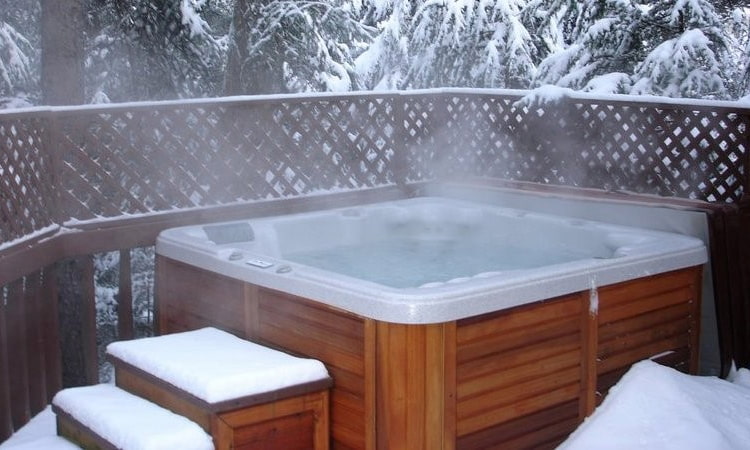
Quick Navigation
- Understanding the Impact of Low Temperatures on Your Hot Tub
- Hot Tub Functionality During Winter: What You Need to Know
- Potential Health Risks and Precautions When Using a Hot Tub in Cold Weather
- Is it Worth to Use the Hot Tub in Cold Conditions?
- Making the Final Decision: To Soak or Not to Soak in Cold Weather
- Frequently Asked Questions
- Conclusion
Understanding the Impact of Low Temperatures on Your Hot Tub
You’ve got to understand how low temperatures can impact your hot tub’s performance and lifespan. When the temperature drops, the water in your hot tub can freeze, causing significant damage to the tub’s components. This is particularly true for the pump and heater, which are most susceptible to freezing.
Pump damage can occur when ice forms in the water, expanding and exerting pressure on the pump housing. This can lead to cracks and leaks, which can be costly to repair. Similarly, the heater can be damaged if the water within it freezes. The expansion of the ice can cause the heater to crack, potentially leading to a complete failure of the unit.
In addition, low temperatures can make it harder for your hot tub to maintain its set temperature. This can result in increased energy consumption as the heater works harder to compensate for the heat loss. Over time, this can lead to higher energy bills and reduced lifespan of your hot tub.
Therefore, proper winterization and insulation are crucial to ensure the longevity of your hot tub in colder climates. It’s not just about comfort, it’s about preserving your investment.
Hot Tub Functionality During Winter: What You Need to Know
Understanding how your hot tub functions in freezing conditions isn’t just important, but it’s also essential in ensuring its optimal performance and longevity. Winter brings its share of challenges with hot tub usage, and understanding them is critical.
- Insulation: The first aspect to consider is how well your hot tub is insulated. Good insulation keeps the heat in and the cold out, reducing the energy required to maintain a comfortable temperature. Poorly insulated hot tubs may struggle to maintain heat in freezing conditions, leading to increased energy costs.
- Freeze Protection: This is a standard feature in most modern hot tubs. It activates the heater and pumps once the water temperature drops to a certain level, preventing freezing. However, in extremely cold conditions, this system may not be enough, and additional precautions might be necessary.
- Cover Condition: A damaged or worn-out cover can dramatically reduce its effectiveness in keeping the heat in. Regularly check and replace your cover if necessary.
Potential Health Risks and Precautions When Using a Hot Tub in Cold Weather
While you’re relishing the warmth of your hot tub in cold weather, it’s crucial to be aware of potential health risks and necessary precautions. The drastic temperature difference between the tub and the cold air can strain your cardiovascular system. Prolonged soaking might lead to hyperthermia, a condition where your body’s temperature exceeds normal levels, potentially causing dizziness, nausea, or even fainting.
Moreover, you’re at risk of frostbite or hypothermia if you stay out in the cold after leaving the hot tub. It’s advisable to have a warm robe and slippers nearby and to limit your time outside.
Maintaining the tub’s hygiene is also vital. In cold weather, bacteria and viruses can thrive, leading to infections such as hot tub lung and Legionnaires’ disease. Regularly sanitize your tub and keep the water pH balanced to mitigate these risks.
In addition, be cautious of icy conditions around the tub that could lead to slipping and falling. Clear any snow or ice from the surrounding area and consider installing non-slip mats.
Lastly, stay hydrated. The hot tub can dehydrate you quickly, especially in cold weather, so ensure you’re drinking enough water. Hence, while a hot tub can be enjoyable in cold weather, it’s essential to take these precautions for your safety.
Related Read: What to Wear in a Hot Tub in Winter?
Is it Worth to Use the Hot Tub in Cold Conditions?
Let’s discuss the comfort factor: does the enjoyment of using a hot tub persist in colder conditions? You’ll need to balance comfort against temperature, assessing whether the warmth provided by the hot tub sufficiently offsets the chill of the surrounding air.
It’s crucial that your experience doesn’t feel like a survival test but rather an enjoyable leisure activity.
Comfort Versus Temperature
Even though the temperature outside may be dropping, you might still find it enjoyable to soak in the hot tub if you’re dressed appropriately. The comfort factor in using a hot tub during cold weather is subjective and depends on several factors.
- Thermal Contrast: The stark contrast between the chilly air and hot water can be invigorating. It stimulates blood circulation and can offer a unique relaxation experience.
- Proper Clothing: Wearing a bathrobe or towel to and from the hot tub can make the experience more comfortable. It prevents you from feeling the sharp cold outside the hot tub.
- Well-maintained Hot Tub: Ensure the tub’s temperature is correctly set. Insufficient heat can turn the experience from enjoyable to unbearable.
Balancing comfort versus temperature is key to enjoying your hot tub, even in colder conditions.
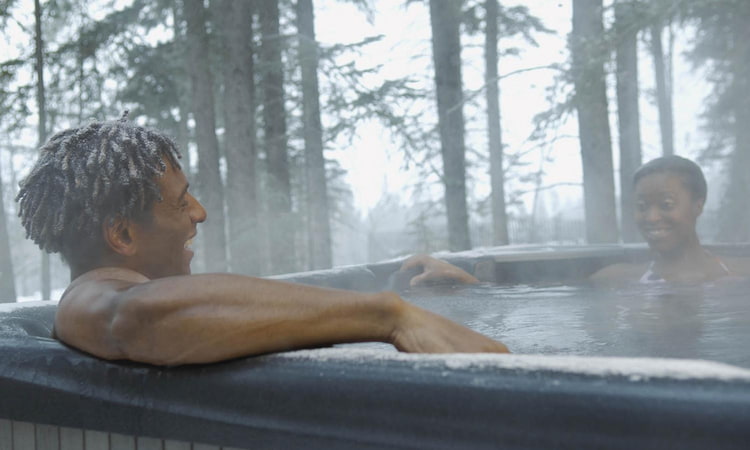
Cold Weather Usage
You’ll need to assess your personal comfort level when using the hot tub in cold weather, as the experience can vary greatly depending on individual tolerance and preferences.
It’s not just about the air temperature, but also the water temperature and wind chill factor. If the tub’s temperature doesn’t offset the cold, it’s likely too chilly to be enjoyable. Consider the tub’s insulation and heat retention, as well as the duration of your soak. It’s crucial to not stay in too long as it can lead to hypothermia.
Additionally, consider after-soak factors like the distance to a warm indoor area and available clothing or towels. Finally, ensure your hot tub has a properly functioning heater and thermal cover to maintain optimal water temperature.
Enjoyment Level Assessment
How often do you find yourself relishing the warmth of your hot tub on those freezing winter nights? The enjoyment level of using your hot tub in cold weather is largely subjective and depends on a few key factors.
- Temperature Differential: If the air temperature is significantly lower than the water temperature, you may find it uncomfortable to enter or exit the tub.
- Wind Chill Factor: The impact of wind can drastically reduce your comfort level. A windy day can make a cold day feel even colder, especially when you’re wet.
- Personal Preference: Some enjoy the contrast between the cold air and hot water, while others don’t.
It’s important to assess these factors and decide if the enjoyment derived outweighs the potential discomfort. Every individual’s comfort factor will differ, so it’s all about finding what works for you.
Making the Final Decision: To Soak or Not to Soak in Cold Weather
It’s your comfort that ultimately determines whether or not you’ll brave the chill for a hot soak. As you weigh the pros and cons, consider the following three factors:
- Personal Tolerance to Cold: Everyone’s cold tolerance is different. If you’re someone who enjoys a crisp winter morning, you might have no problem slipping into your hot tub when it’s snowing. But if you shudder at the thought of stepping outside without bundling up, then it’s probably best to stay indoors.
- Hot Tub Insulation and Heat Retention: Your hot tub’s insulation and heat retention capabilities play a large role. If it’s well-insulated and can maintain a higher temperature for longer, it may be usable in colder weather.
- Safety Considerations: Finally, don’t overlook safety. Slippery surfaces can become even more hazardous in cold conditions. Ensure you have a clear, safe path to and from your hot tub.
Ultimately, it’s about finding the right balance between your desire for a relaxing soak, your personal comfort levels, and safety. So, even if it’s freezing outside, you might still decide to take the plunge. Or not. It’s your call.
Frequently Asked Questions
Using your hot tub in winter can significantly increase your energy bills. The heater works harder to maintain temperature, therefore using more electricity. Also, heat loss is greater, prompting frequent heating cycles.
Absolutely, you can use a hot tub to combat winter skin problems. The warm water hydrates your skin, reducing dryness and itchiness. But remember, don’t overdo it; excessive soaking might strip natural oils.
Yes, winter hot tub maintenance is crucial. You’ll need to regularly check chemical levels, clear debris, and ensure the cover is secure. More frequent water changes might be needed due to temperature fluctuations too.
Absolutely, you can use your hot tub for hydrotherapy in winter. Just ensure it’s properly heated. However, if temperatures drop below freezing, it’s advisable to limit your time as it could lead to hypothermia.
Absolutely, there are hot tubs designed specifically for cold weather. They’re insulated, energy-efficient, and equipped with freeze protection. They’ll ensure your hot tub experience isn’t compromised, even in the chilliest temperatures.
Conclusion
In the end, it’s not too cold to use your hot tub if it’s properly maintained and you’re aware of potential health risks. The chill might even enhance your soaking experience.
Just be sure to keep an eye on the water temperature, cover your tub when not in use, and stay comfortable. It’s your decision to soak or not to soak. Always remember, your health and safety come first. Happy hot tubing, even in the cold weather!

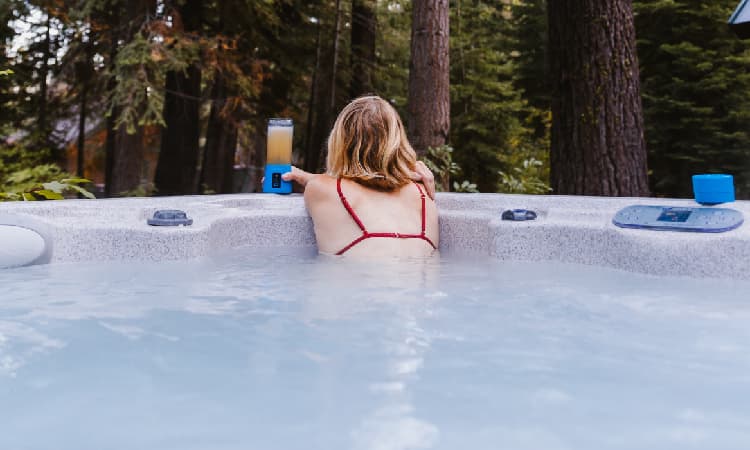
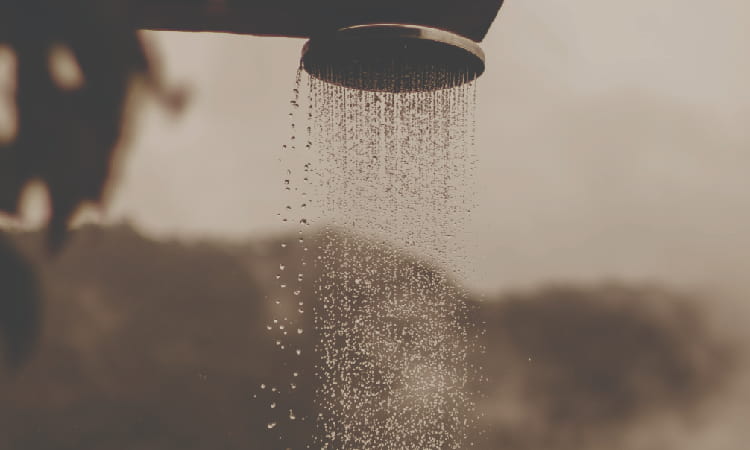
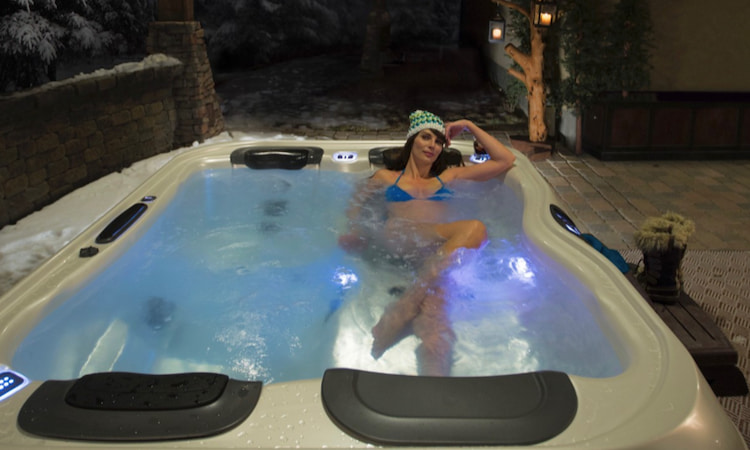
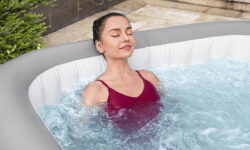

![Is Hot Tub Good for Cold? [Potential Risks & Precautions] Is Hot Tub Good for Cold](https://hottubtales.com/wp-content/uploads/2023/10/Is-Hot-Tub-Good-for-Cold.jpg)